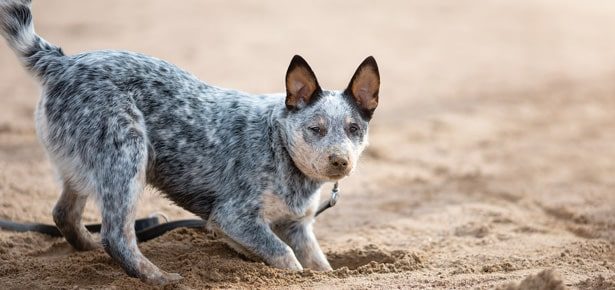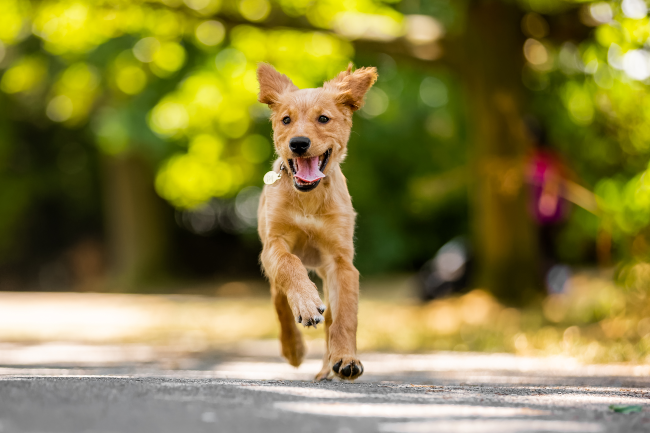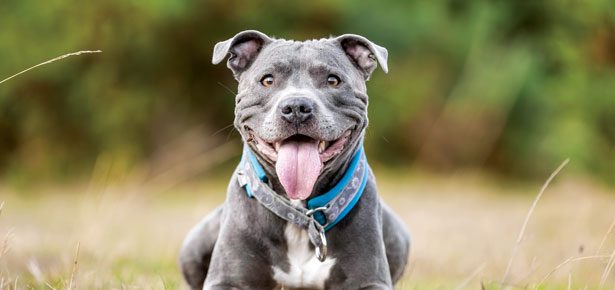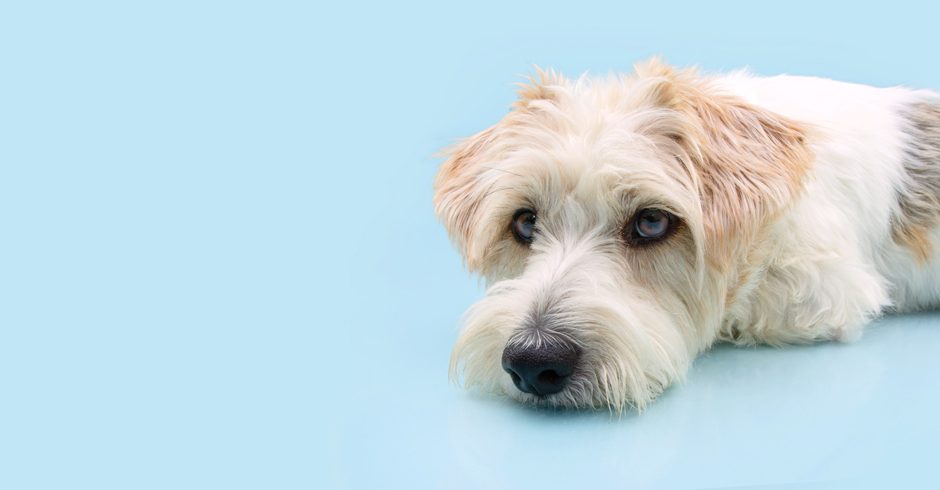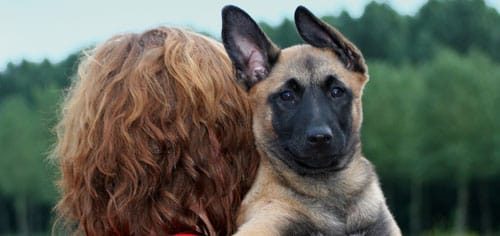

Ask an Expert – Puppy Basics
Ask Jennifer Messer
Q: Like any “expectant mom” I tried to read up on puppy training so I would do things right. But the more I read, the more confused I got. The books all seem to contradict each other! Now I don’t even know where to start to teach Lucy something as basic as “sit.” Do I push her bottom down? Use a clicker? Use treats? Please help. —Completely Confused in Calgary
A:I hear you, C.C.—dog training literature is a maze. The good news is that what looks like an endless array of methods for introducing basic commands actually boils down to a few simple techniques.
The most common formula for teaching a new obedience behaviour is asking the dog to do something, helping her do it, then rewarding her. Think of it as ABC: Ask, Behave, Congratulate. Traditional training used chokers, shoves, and intimidation for compliance, but gentler ways, such as using a food lure at the dog’s nose to get her to sit work just great. The hand motion above her head quickly becomes a command signal for “sit,” and then food is no longer needed.
There are also ways of encouraging desired behaviour using your voice. After Asking your dog to “come,” you can help her Behave with sweet-talk and hand clapping, and then Congratulate her upon arrival with praise, a treat, or a toy. If you have already taught her that a click means she did something right, then you can use your clicker to say congratulations, followed by a treat or toy. You see, it doesn’t really matter how you help her do what you’ve asked, so long as you avoid anything frightening or painful. And it doesn’t really matter how you congratulate her, so long as it is something she likes.
A less common formula for teaching a new command is waiting for the behaviour to happen, and then congratulating the dog. This is called capturing—because you just catch her doing it: no asking, and no helping. This may sound nuts but it’s actually a terrific way to put on command any behaviour that she already does, especially if you can’t really “help her do it” easily. This is how we teach a silly trick like yawning. The reward makes the dog do it more often, and soon the trainer can predict when the dog is about to yawn and says “sleepy?” just in time. Eventually the dog only gets rewarded for yawning when asked if she’s sleepy, so she doesn’t go around like a bed-head all day. You can “catch” Lucy not rushing through the front door and eventually use the command “wait” or catch her heading into her crate and use the command “inside.”
For new behaviours that the dog never does on her own, we sometimes use a method called shaping, where we shape a new behaviour from an old one. To shape, you initially lower your standards, rewarding behaviour that barely resembles the final product, then you crank up your standards rewarding only that which is closer and closer to what you want. As soon as her behaviour is near what you had in mind, you can start using a command to ask for it, and soon enough, you have the final product. Pam Reid, a well-known behaviourist, used capturing AND shaping to teach her dog Eejit a Kung Fu kick. She first congratulated him for just tiny back leg movements then gradually required more and more “kick.” When kicks became predictable she started saying “Kung Fu” just before, and only congratulated him for the better ones. Now he can put Bruce Lee to shame!
You can use any and all of these techniques. The ABC formula will work to introduce most of the basics, but don’t hesitate to play around with a clicker for better timed congratulations, catch behaviours you can’t help her do easily, or shape some cool ones that you only dream of.
Join the newsletter and never miss out on dog content again!
"*" indicates required fields
By clicking the arrow, you agree to our web Terms of Use and Privacy & Cookie Policy. Easy unsubscribe links are provided in every email.
